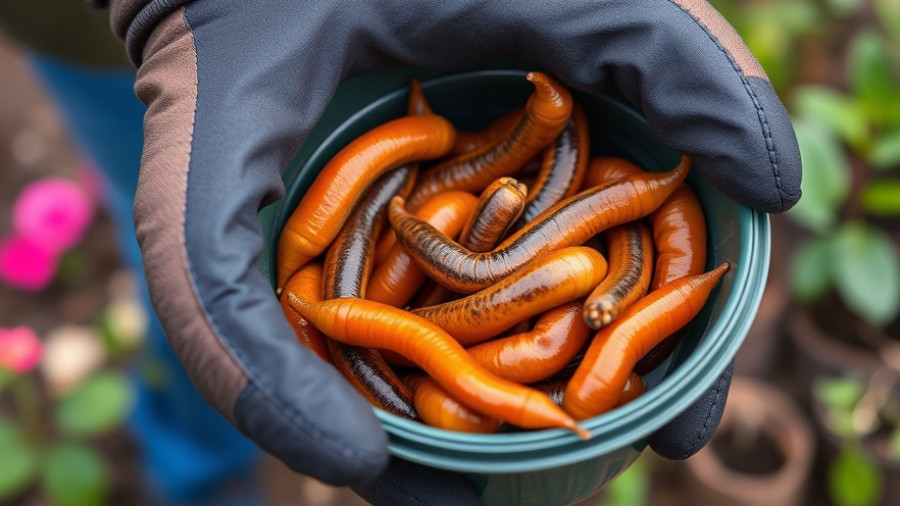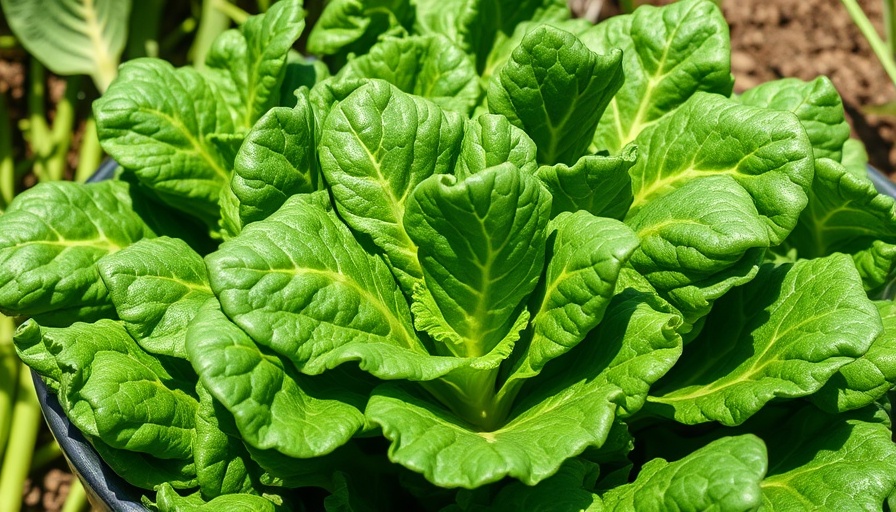
Unveiling the Hidden Struggles of No-Dig Gardening
As social media continues to glamorize the gardening world, no-dig gardening emerges as an innovative approach that promises bountiful harvests with minimal labor. However, the reality is often more complicated than the quick tips and picturesque garden photos suggest. For those venturing into the realm of no-dig gardening—whether new enthusiasts or seasoned green thumbs—there are unexpected challenges that can threaten to derail your efforts.
The Invasion of Pests: A Gardener's Nightmare
One of the most unsettling aspects of no-dig gardening is the potential for uninvited guests. Slugs, for instance, can come in droves, devastating young plants overnight. After a brief absence from the garden, one couple returned to find their kale and tomato seedlings completely devoured, leaving nothing but stumps. This common issue forces gardeners to wrestle with nature's pests rather than enjoying the fruits of their labor. The question arises: are ducks the ultimate solution? Drawing on the experience of one gardener who battled a persistent slug problem, it seems that innovative methods—like deploying ducks or traps—may help combat these slimy invaders.
When Water Turns Against You: The Perils of Wet Soil
While drought is often a gardener's biggest fear, few anticipate the devastation that overly wet soil can cause. A gardener's garlic crop was lost to rot, a consequence of excessive rainfall that fell during crucial growing months. With weather patterns becoming increasingly unpredictable, managing moisture levels in a no-dig garden can be tricky. The key to navigating these challenges lies in early intervention—whether that means adjusting mulch depth or harvesting early to protect crops from rot.
Weeds: The Perennial Problem
No-dig gardening isn’t immune to the relentless advance of weeds, particularly perennials that establish themselves in undisturbed soil. Pioneering gardeners share experiences of dealing with invasive species like yarrow, which can easily take over if left unchecked. Recognizing the role that these plants can play from a biodiversity perspective is important; however, the reality is that careful management and creativity, such as using edible weeds for culinary purposes, are necessary to maintain a healthy garden.
Quality Matters: The Dangers of Mulch
Using organic mulch in a no-dig garden often comes with challenges. A bad batch of hay could harbor pests like flea beetles, creating ongoing issues that might not show their effects for years. Gardeners must be diligent in choosing their mulching materials, ensuring they select clean, pest-free options or risk long-term infestations.
Compaction Woes: Keeping Soil Healthy
Another aspect that many might overlook in no-dig gardening is soil compaction, which can occur over time from foot traffic or a lack of organic matter. To mitigate this, mulching with wet grass or compost can help aerate the soil, providing a conducive environment for worms and beneficial microorganisms. When gardeners allow nature to do the hard work underground, they reap the rewards—such as improved soil structure and healthy root development.
Conclusion: Embracing the Journey
No-dig gardening, while rewarding, presents various challenges that require adaptability, creativity, and an ongoing commitment. As gardeners strive to create bountiful grow spaces, understanding the less glamorous realities behind the method is crucial. By learning from shared experiences, gardeners can better prepare for the unexpected bumps on this sustainable journey and continue to cultivate successful and flourishing gardens.
 Add Row
Add Row  Add
Add 




Write A Comment